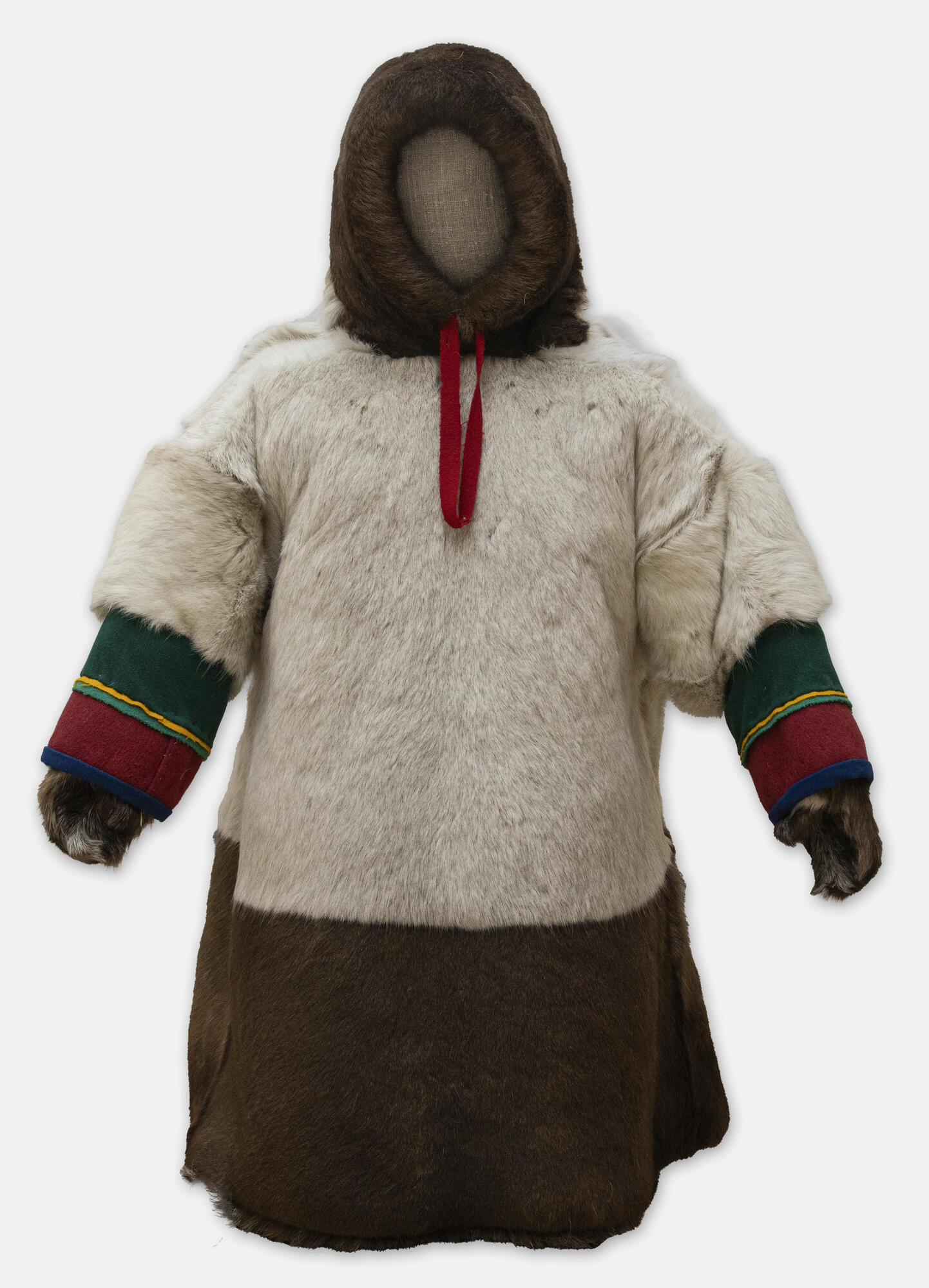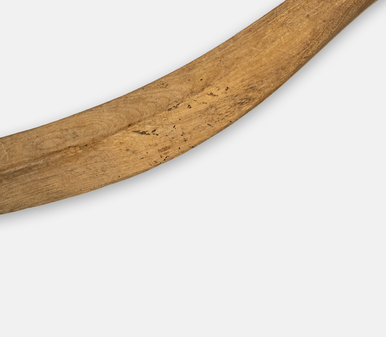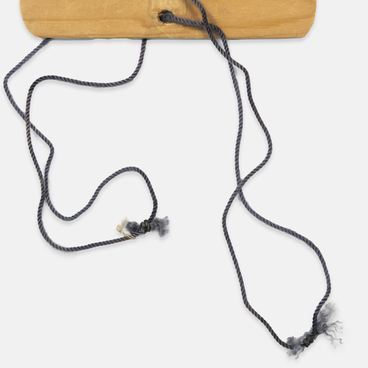For the indigenous peoples of the North, winter outerwear is essential for survival in the tundra. Its design has evolved over centuries and has been adapted to severe frosts, winds, long trips in open sleds, and outdoor work.
Nenets children’s clothing varies depending on the child’s gender and age. Until a baby learns to walk, it lies or sits in a cradle, wearing a comfortable fur undershirt. Such a shirt is sewn from the tender hides of young calves up to one month old.
Nenets children take their first steps wearing “libty-pemdya” — fur stockings. They resemble tights and are worn until the age of three. The bottom edge of the libty-pemdya is lined with a strip of reindeer fur called “pemdya”. The stockings have a slit in the back, and the tops are trimmed with strips of rovduga — soft reindeer suede. On top of the stockings, children wear fur boots called “toboki” or “pimy” of the appropriate size.
Children between the ages of one and five wear a malitsa coat that does not have a front opening. It is made from the hide of a three-month-old calf obtained at the end of July or in August. A children’s malitsa is sewn with fur outward, and the lining is made of the same hide, but with fur inward, to keep the child warm and cozy. A malitsa is put on over the head, and a child can play and run comfortably wearing such a coat.
The cut of a child’s malitsa is similar to that of an adult’s, the only difference being that the mittens are sewn to the sleeves and cannot be taken off. At the end of each sleeve, there is only an oval hole for the child to take out his hands. Small bells are often attached to malitsas worn by children, especially girls. According to ancient beliefs, they drive away evil spirits. Moreover, by listening to the ringing of the bells, a mother can find out whether her child is nearby while she is working inside the house.
After turning five, boys and girls begin to wear clothes of different cuts. Boys wear simpler clothes, while girls have brighter clothes with symbolic décor. Girls’ coats are decorated with fur mosaics, patterns of colored cloth, embroidery, and beads. Unlike boys and men, girls and women usually wear longer clothes with a front opening.
From early childhood, every child wears a belt. At
first, it may be a rope, a braid, or a ribbon, and by the age of three, a boy
gets his first leather belt. When a boy turns five or six, his father makes him
his first work belt, very similar to those used by adults. A boy wears it until
he turns 14 when he is supposed to make his own belt and use it throughout his
life.





